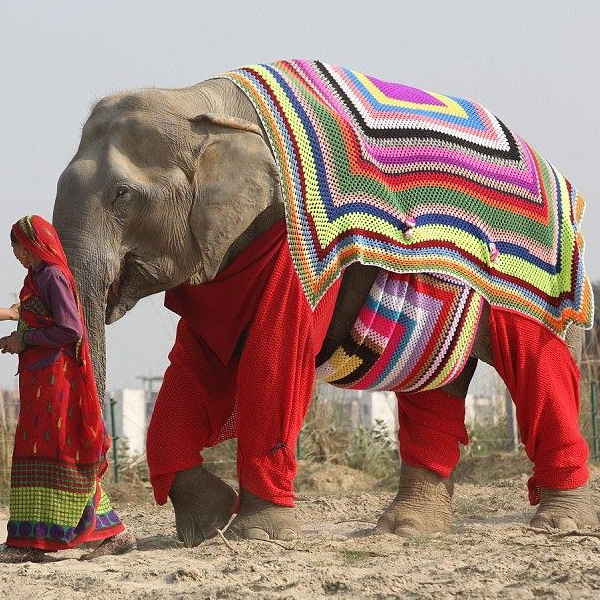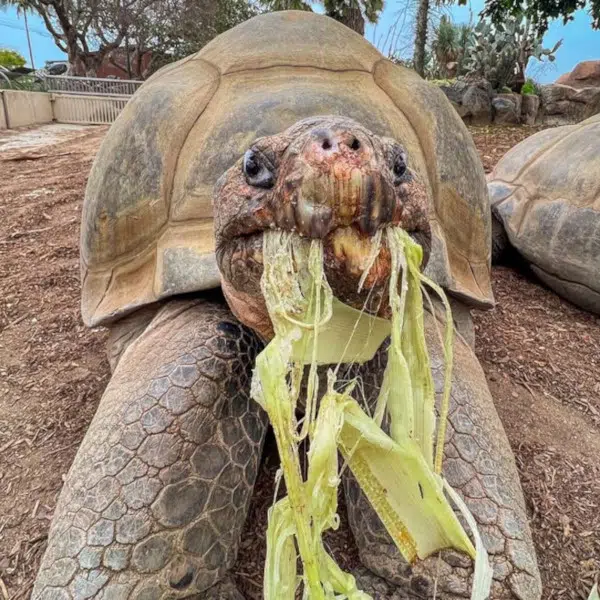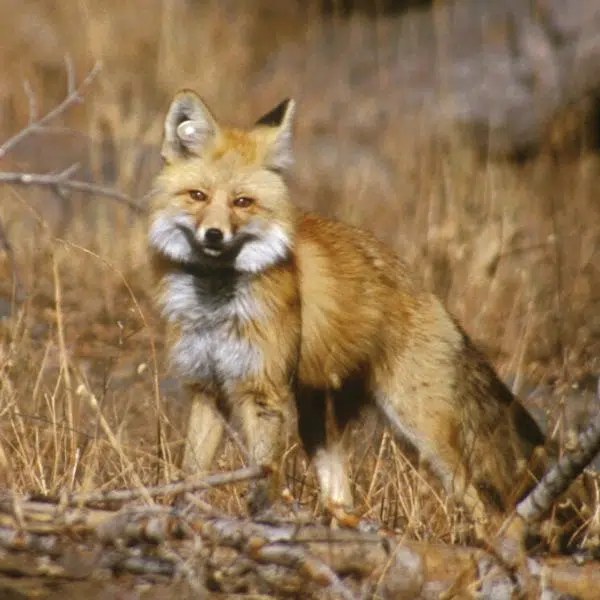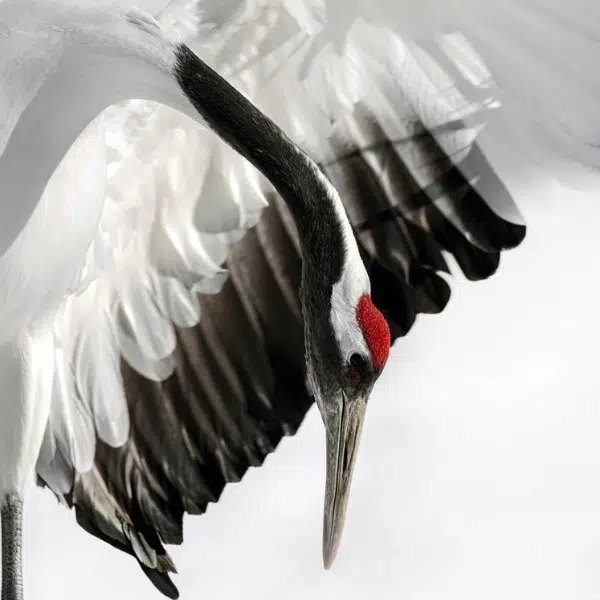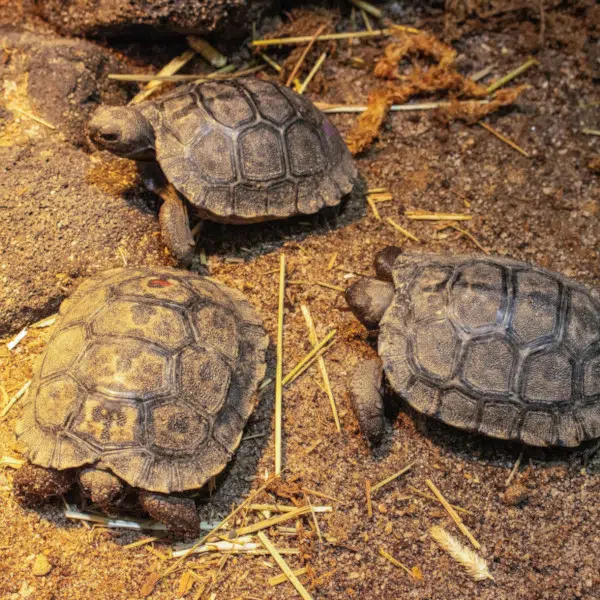
A one-horned rhino in Kaziranga National Park. (Photo: Diganta Talukdar via Wikimedia Commons, CC BY-SA 4.0)
The rhinoceros might be the closest thing we've got to unicorns on Earth, and they capture our interest almost as much as their fictional cousins. There are five rhino species, varying from the almost-extinct white rhino to the smiley, critically endangered Javan rhinoceros. Rhinos are frequently the focus of intense conservation efforts, with experts desperate to preserve populations. Decades of such efforts in the state of Assam in India have brought the number of Indian rhinos, a species also called the one-horned rhino (Rhinoceros unicorns), to a record high number.
In the 1960s, the rhinos that roamed Assam numbered only around 600 due to habitat loss and hunting. Thanks to the expansion of protected lands and combatting the ongoing atrocities of poachers, these numbers have steadily risen. They are now fivefold larger, numbering over 3,000 in Assam and 4,000 across India. These massive rhinos, the largest rhino species, roam parkland and graze upon the grasses. They are especially at home in Kaziranga National Park and Tiger Reserve, where 80% of India's one-horned rhinos live.
Assam's Chief Minister Himanta Biswa Sarma proudly stated on X, “Rhinos are synonymous with the identity of Assam. They are our pride and the crown jewel of our biodiversity. Ever since we assumed office, we have taken various initiatives to protect the prized species, expand its habitat, and ensure its safety.”
He highlighted the poaching rates, which have fallen by 86% in the years since 2016. Rhino horn is sought-after for black market trades, so fighting poachers is critical to preserving the beasts. Assam's success in recent decades is a hopeful sign that conservation efforts in India are allowing rhino populations to flourish.
In Assam, India, the population of Indian rhinos has increased fivefold since the 1960s as poaching rates have dropped and habitats have expanded.
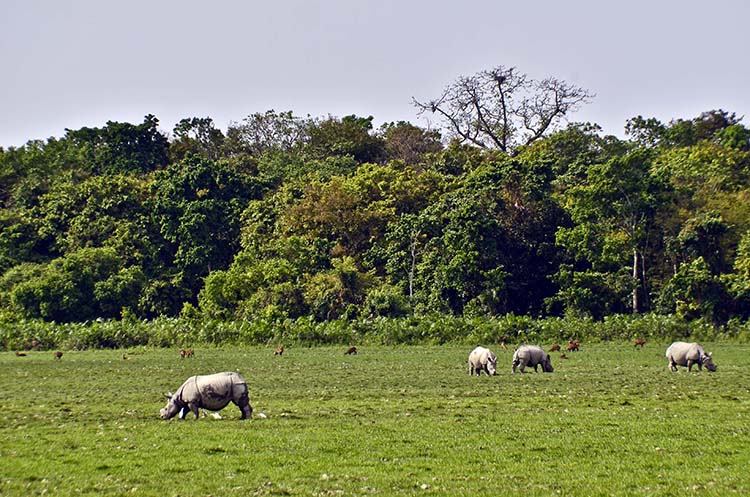
Rhinos graze in Kaziranga National Park in Assam, India. (Photo: Diganta Talukdar via Wikimedia Commons, CC BY-SA 4.0)
Since 2016, the poaching rate of one-horned rhinos has dropped 86%.
On #WorldRhinoDay let’s not forget the unimaginable massacre of Rhinos which took place in Assam when the Cong was in power. Today we recommit ourselves to put those dark days behind us and ensure a poaching free environment for all our animals. pic.twitter.com/di0r5yQIH4
— Himanta Biswa Sarma (@himantabiswa) September 22, 2024
h/t: [Economic Times]
Related Articles:
New Species of Deep Sea Ghost Shark Is Discovered off the Coast of New Zealand
Polish Zoo Celebrates the Arrival of Four Adorable Sumatran Tiger Cubs
Moo Deng Officially Has Her Own Logo That’s Just as Cute as the Baby Pygmy Hippo
Conservation Photographer Documents Last Two Northern White Rhinos on Earth [Interview]












































































